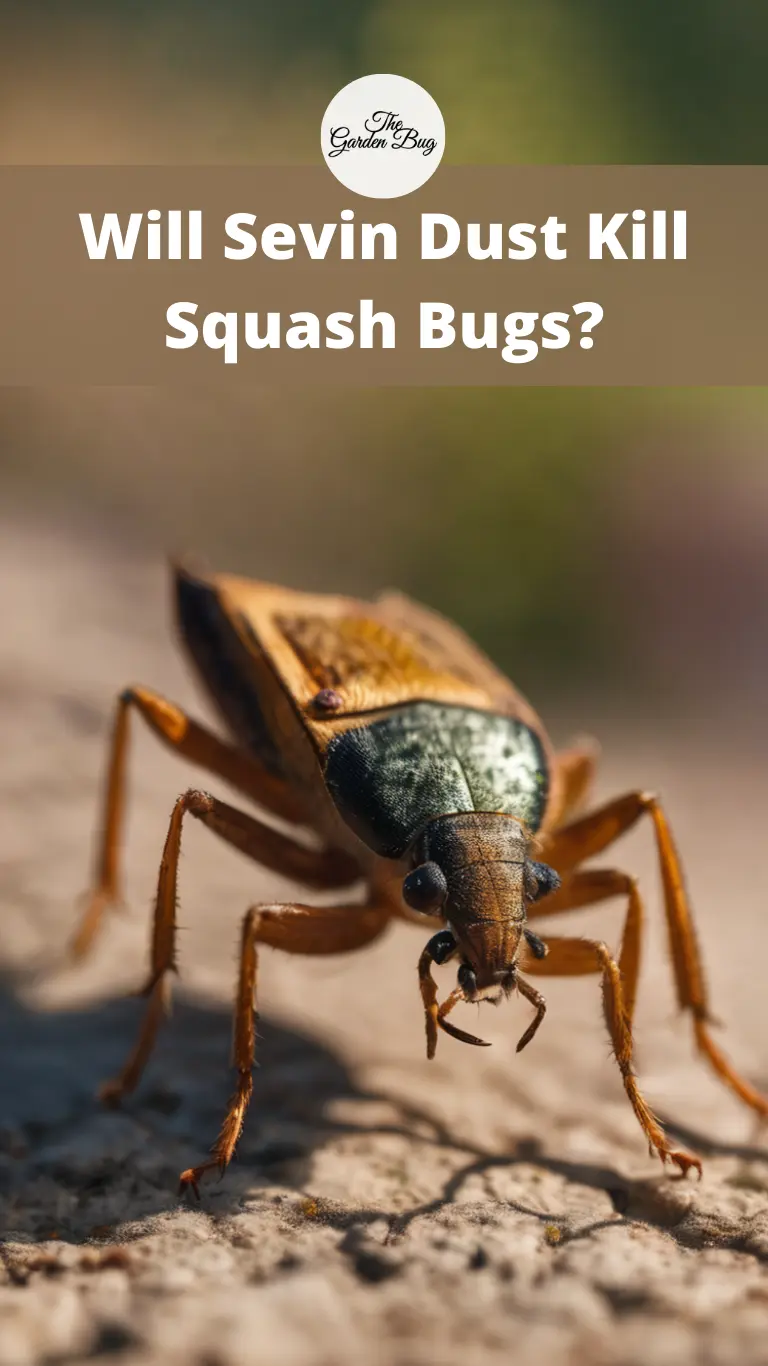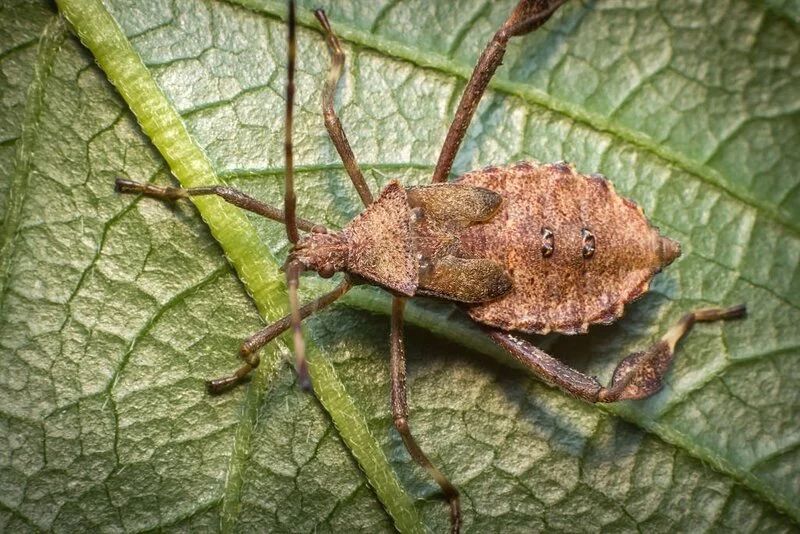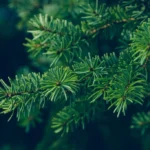We’ve all been there: you’ve tended to your garden with care, patiently watched your squash plants grow, only to find them under attack by some stubborn squash bugs. Not only do these bugs have a preference for your favorite veggies, but they also seem to have a knack for survival. Enter Sevin Dust. You might have heard that this powerful product could be your ally in this garden battle. But the burning question is – will Sevin Dust kill squash bugs? Let’s dive in and find out!
- Starts killing insects immediately upon contact
- Protects strawberries, lettuce, tomatoes, and many other edibles from insect damage
- Apply around home foundation, lawn, ornamentals, flowers, and fruit and vegetable gardens
- Apply early or at first signs of insect damage
- People and pets can return to treated area once dust settles
Understanding Squash Bugs
First, let’s get to know our enemy. Squash bugs, or Anasa tristis if we want to get scientific, are one of the most common pests in gardens across the United States. These shield-shaped bugs can be a real pain, with a liking for all things squash – from pumpkins to zucchinis.
A squash bug starts its life as a tiny egg, usually laid in clusters on the underside of your squash leaves. As they grow, they shed their skin and step into their notorious adulthood. That’s when they begin to pierce your precious plants, sucking the sap out of them. The result? Wilted, yellowing leaves, and a garden owner’s headache.
But don’t worry. Understanding these pests is the first step towards winning the war against them. Next, we’ll explore if Sevin Dust is the weapon we need in this battle.
What is Sevin Dust?
Let’s switch gears now and talk about Sevin Dust. If you’re an avid gardener, you might already be familiar with this product. Sevin Dust is a widely-used pesticide known for its broad spectrum of control. Made from a chemical called carbaryl, it’s designed to eliminate a variety of pests, from beetles and caterpillars to, hopefully, our little squash bugs.
Sevin Dust comes in a powdery form, hence the ‘dust’ in the name. You sprinkle it on your plants, where it works by disrupting the nervous system of any pest that comes into contact with it. Sounds pretty powerful, right? Now, let’s find out if it’s the hero we need for our squash bug issue.
Effectiveness of Sevin Dust on Squash Bugs
The answer you’ve been waiting for: Yes, Sevin Dust can indeed be an effective solution to squash bugs. These bugs don’t stand a chance against the potent carbaryl in Sevin Dust. When they come into contact with this pesticide, it interferes with their normal bodily functions, ultimately leading to their demise.
However, a word of caution is due here. While Sevin Dust is effective, it should be used wisely and as part of an integrated pest management strategy. This is mainly because Sevin Dust doesn’t discriminate between pests and beneficial insects. So, when you use it, you may also end up affecting the good bugs in your garden, like bees and ladybugs.
So, while Sevin Dust can be your weapon of choice against a severe squash bug infestation, remember that a balanced approach will benefit your garden in the long run. In the next section, we’ll discuss the best ways to use Sevin Dust and some alternative methods of controlling squash bugs.
How to Properly Use Sevin Dust to Combat Squash Bugs
Let’s get tactical now. Using Sevin Dust effectively requires some care. Always remember to read and follow the product instructions to ensure safety and effectiveness. It’s best to apply Sevin Dust on a calm day to prevent the powder from being blown away. Sprinkle it evenly over your squash plants, especially under the leaves where squash bugs like to hang out. It’s also important to remember that Sevin Dust works best when it’s dry, so avoid watering your plants immediately after application.
Sevin Dust isn’t an instant fix, and it will take some time to see results. Patience is key here! You may need to reapply after rain or watering, but avoid overuse as it can harm beneficial insects and the environment. Safety first – always wash your hands after handling Sevin Dust and keep it out of reach from children and pets.
Alternatives to Sevin Dust for Controlling Squash Bugs
While Sevin Dust can be a reliable ally in the fight against squash bugs, there are alternative methods worth considering too, especially if you’re aiming for a more environmentally-friendly approach.
- Handpicking: This method can be effective, although it requires a keen eye and a little bit of patience. Regularly inspect the underside of your leaves for any squash bugs or eggs and remove them manually.
- Natural predators: Encouraging beneficial insects and birds in your garden can help keep the squash bug population in check. For instance, ladybugs and spiders are known to prey on squash bug eggs.
- Crop rotation: Changing the location of your plants each year can disrupt the life cycle of squash bugs and prevent them from coming back in large numbers.
- Organic insecticides: These can be a safer alternative to chemical pesticides. Neem oil, insecticidal soaps, or diatomaceous earth can be effective against squash bugs when used correctly.
Remember, a combination of methods will likely yield the best results, and what works best can vary from garden to garden. A healthy garden is a balanced garden. Keep exploring, learning, and growing!





